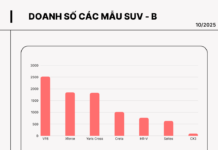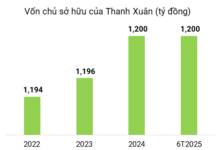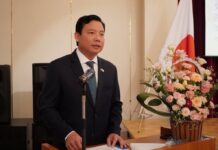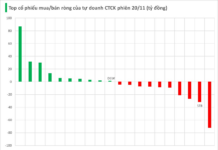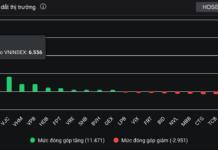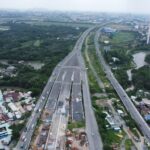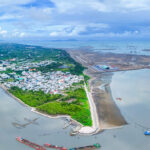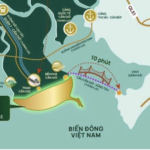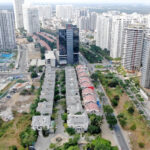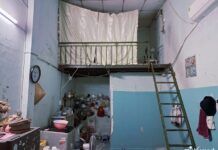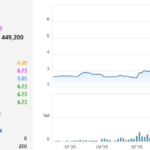The Ho Chi Minh City Department of Construction announced that in July 2024, the Ho Chi Minh City People’s Committee issued Decision 2954/2024 on the overall allocation of state-owned housing and land resources for resettlement and temporary accommodation for 253 public investment projects across the city.
Plan to Auction Nearly 4,000 Apartments
Accordingly, the city has 11,132 apartments and land plots (8,933 apartments) designated as public assets for resettlement, which have been approved for transfer to the Center for Housing Management and Construction Appraisal.
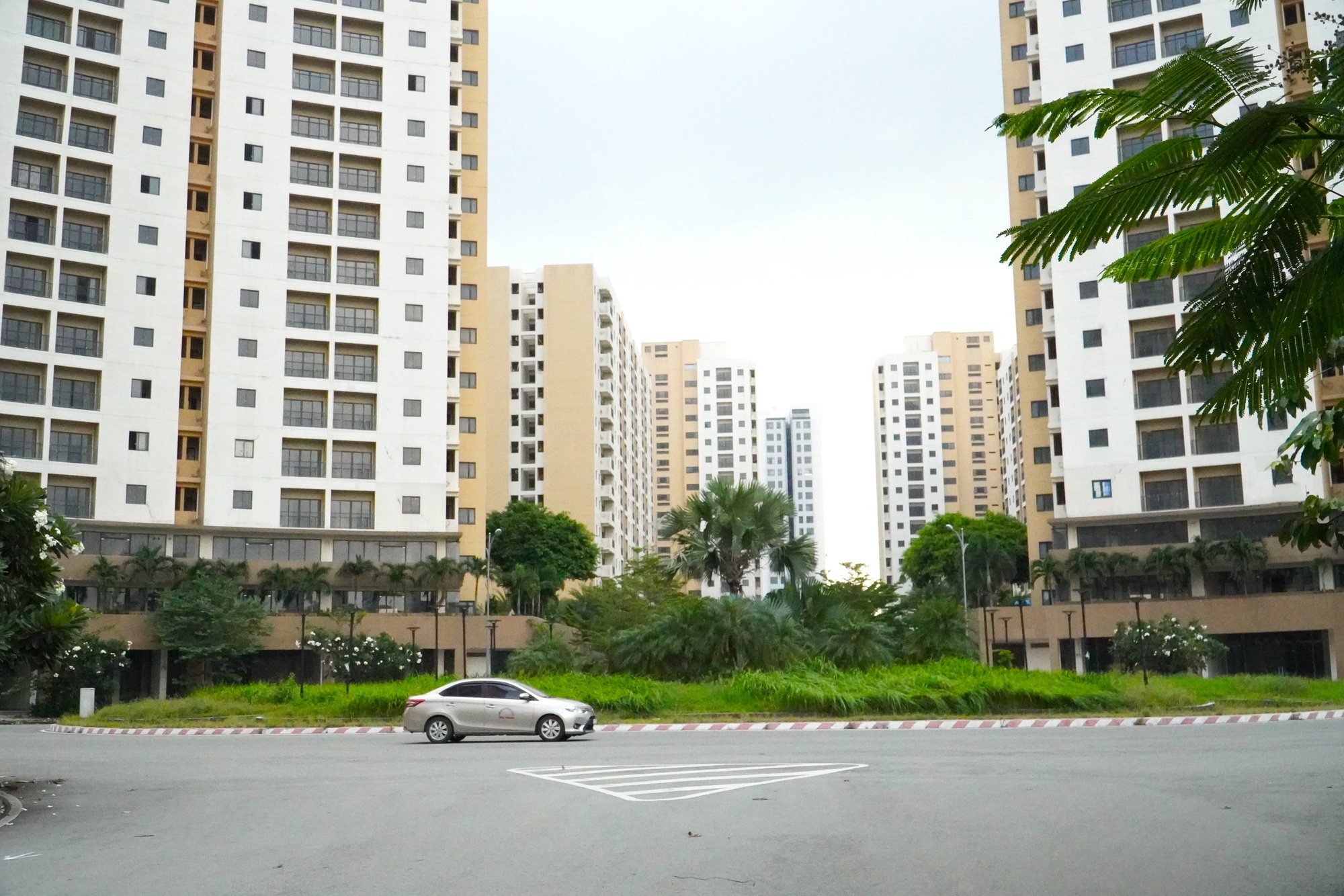
The Ho Chi Minh City People’s Committee issued a decision to auction 3,790 resettlement apartments in the 38.4-hectare area of An Khanh Ward.
Of these, 4,823 apartments and land plots (4,790 apartments and 33 land plots) have been approved for auction. This includes 3,790 apartments in the 38.4-hectare area of An Khanh Ward, for which the Ho Chi Minh City People’s Committee has issued an auction decision; and 953 apartments in the Vinh Loc B Residential Area, Tan Vinh Loc Commune, which are being submitted to the Party Committee of the Ho Chi Minh City People’s Committee to cancel the auction decision.
The Ho Chi Minh City People’s Committee allocated 5,785 apartments and land plots (3,994 apartments) to local authorities for resettlement and temporary accommodation for public investment projects. 524 apartments and land plots (149 apartments) remain unallocated.
To date, local authorities have utilized 624 apartments and land plots (286 apartments); 5,161 apartments and land plots remain unused, including 657 apartments currently under repair as requested by wards and communes.
Thus, the total remaining unused housing and land is 5,685 (excluding the 4,823 apartments approved for auction).
According to the Department of Construction, current practices show limitations in the use of housing and land for resettlement, such as delays in utilizing a portion of the resettlement housing and land resources.
Resettlement allocation lacks coordination across areas, leading to surpluses in some places and shortages in others; mechanisms for exploiting and managing housing and land resources remain inflexible, with legal and procedural obstacles.
Low Utilization Rate
Previously, local authorities registered housing and land resources for 8,359 resettlement cases, and the city allocated 5,785 apartments and land plots.
Currently, an additional 2,215 apartments and land plots are needed for key transportation projects.
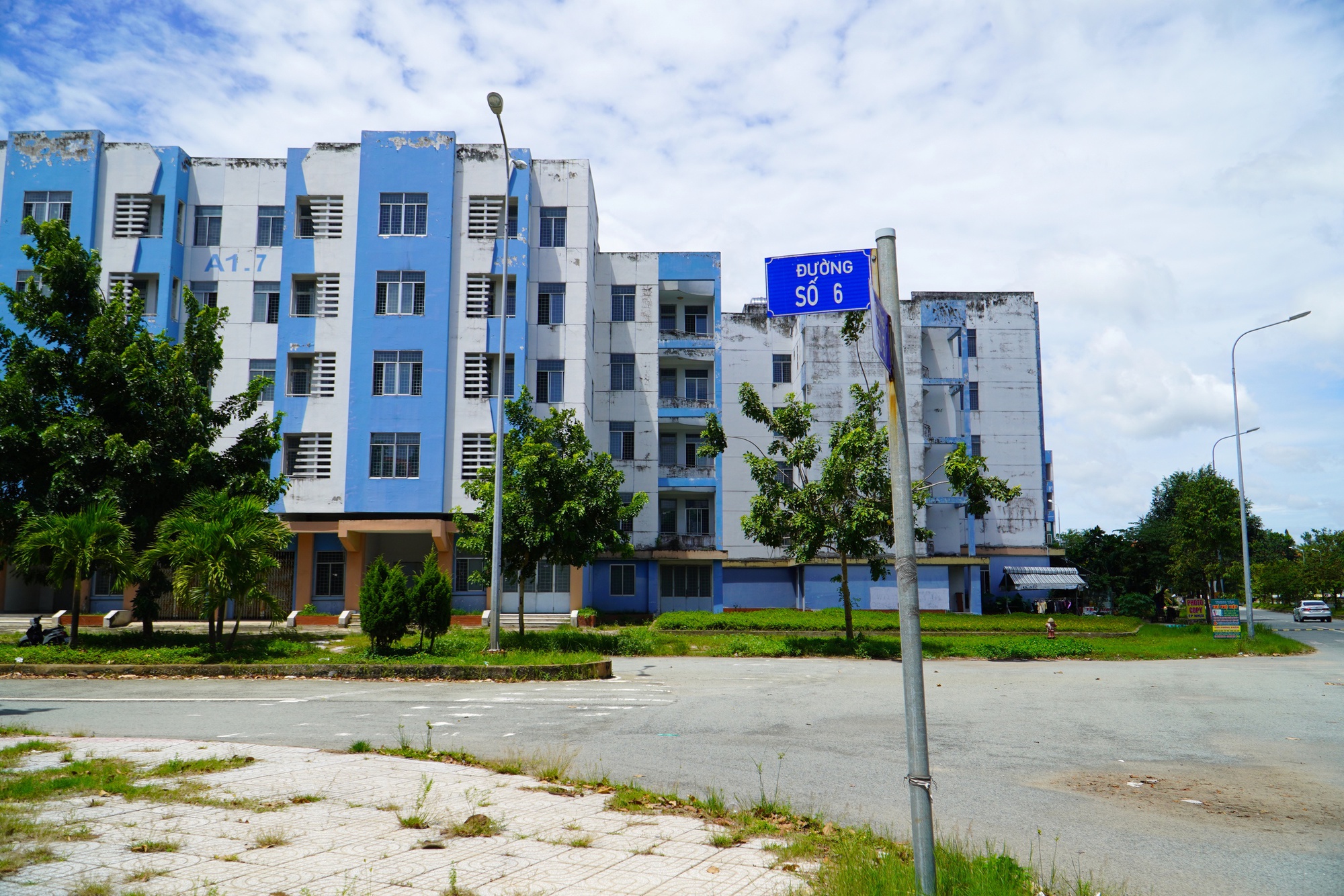
953 apartments in the Vinh Loc B Residential Area, Tan Vinh Loc Commune, are being submitted to cancel the auction decision.
In the long term, the city will face significant demand for housing and land for resettlement to meet public investment needs. Thus, in this context, the housing and land resources for resettlement are considered insufficient.
However, after nearly a year of implementing Decision 2954/2024, the utilization rate of housing and land remains very low, with only 624 apartments and land plots handed over to residents (11%).
Additionally, plans are in place to repair and utilize 657 apartments within the next 6 months. Therefore, in this situation, the housing and land resources for resettlement are considered surplus.
As a result, the Department of Construction will advise the Ho Chi Minh City People’s Committee to allocate housing and land resources for resettlement from 2025 to 2027, using only public housing and land resources to meet no more than 40% of local demand.
Simultaneously, some apartments and land plots will be shared among public investment projects in each area, provided that agencies and units responsible for compensation have fully utilized their allocated resources.
Ho Chi Minh City Launches and Inaugurates 9 Major Projects in October
Ho Chi Minh City is set to launch nine major projects spanning infrastructure, culture, and environmental initiatives. Among these, the standout development is the Children’s Palace in the new urban area of Thu Thiem.
Unveiling Southeast Asia’s Largest Theater and 122-Hectare Park: A Mega Destination Set to Welcome Tens of Millions Annually
Experience the ultimate in luxury living at Vinhomes Green Paradise (Can Gio), where the A subdivision boasts an array of world-class amenities. Immerse yourself in the grandeur of a 5,000-seat theater, gather in the expansive 60,000-person square, or perfect your swing at two 18-hole golf courses. For thrill-seekers, a 3-hectare indoor snow park offers year-round excitement, all within a sprawling 122-hectare entertainment complex that sets a new global standard for leisure and recreation.
Ho Chi Minh City Authorities Consider Vingroup’s Proposal for a Can Gio – Vung Tau Sea-Crossing Highway
Previously, Vingroup submitted an official proposal to the Ho Chi-Minh City People’s Committee, requesting permission to conduct a feasibility study for an ambitious sea-crossing road project. This proposed route aims to connect the Cần Giờ district with the Bà Rịa – Vũng Tàu province, bridging a critical gap between these regions.
Why Nearly 100,000 Apartments in Ho Chi Minh City Remain Without Land Ownership Certificates
During the period from 2007 to 2010, data collection for land valuation purposes was nearly impossible, leaving 84 land allocation and land-use conversion files for real estate projects unpriced to this day. As a result, nearly 100,000 apartments remain without land-use right certificates (commonly known as “sổ hồng”).

